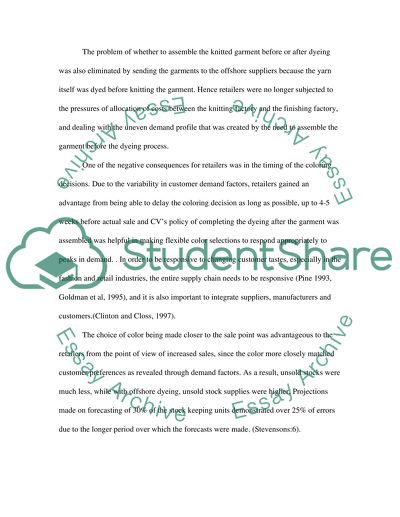Cite this document
(“Strategic operation management- case study Essay”, n.d.)
Retrieved from https://studentshare.org/miscellaneous/1543963-strategic-operation-management-case-study
Retrieved from https://studentshare.org/miscellaneous/1543963-strategic-operation-management-case-study
(Strategic Operation Management- Case Study Essay)
https://studentshare.org/miscellaneous/1543963-strategic-operation-management-case-study.
https://studentshare.org/miscellaneous/1543963-strategic-operation-management-case-study.
“Strategic Operation Management- Case Study Essay”, n.d. https://studentshare.org/miscellaneous/1543963-strategic-operation-management-case-study.


